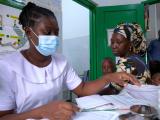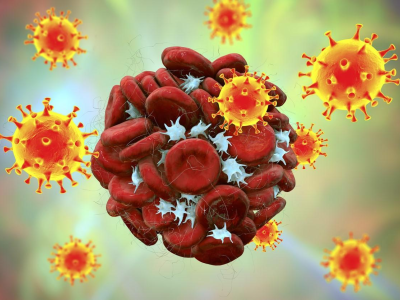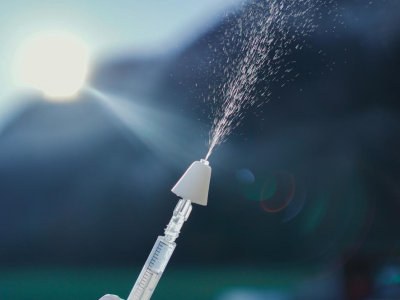Today in Morbidity and Mortality Weekly Report, researchers show that teens born in 2008, who were ages 11 and 12 in 2020, have significant gaps in vaccine coverage for three common immunizations, including the tetanus, diphtheria, and acellular pertussis (Tdap) vaccine, meningococcal conjugate vaccine (MenACWY,) and the human papillomavirus (HPV) vaccine.
To see how the first year of the pandemic affected vaccine uptake, researchers analyzed data from the 2022 National Immunization Survey–Teen for 16,043 adolescents aged 13 to 17 years, looking at overall coverage, birth cohort analyses, and vaccine trends.
In 2022, 89.9% of adolescents aged 13 to 17 years included in the survey had received one or more Tdap doses, 88.6% had received one or more MenACWY doses, and 76.0% had received one or more HPV vaccine doses. Only 62.6% were up to date with complete HPV vaccination.
2008 birth cohort saw biggest gaps
Birth cohort days showed that even a 1-year difference in age resulted in different vaccine uptake. Vaccination coverage by age 13 among adolescents born in 2009 was similar to coverage seen in those born in 2006 and 2007 for all vaccinations recommended for adolescents.
By age 14 years, coverage rates with one or more Tdap doses, one or more HPV doses, and complete HPV vaccination status were 3.8, 3.8, and 5.7 percentage points lower in the 2008 birth cohort than in the 2007 birth cohort, respectively.
The continued lower coverage by age 14 years indicates that vaccination coverage did not rebound among this birth cohort in 2022.
Notably, all four vaccine measures ranged from 3.9 to 11.7 percentage points lower among those living in mostly urban areas in the 2008 birth cohort compared with the 2007 birth cohort, the authors said.
"The birth cohort analysis identified lower coverage with ≥1 Tdap dose and ≥1 MenACWY dose by age 13 years, and lower coverage with ≥1 Tdap dose, ≥1 HPV dose, and HPV UTD by age 14 years, among adolescents born during 2008 (i.e., those who reached their 12th birthday during 2020) compared with those born during 2007," the authors wrote. "The continued lower coverage by age 14 years indicates that vaccination coverage did not rebound among this birth cohort in 2022."
First time in a decade HPV uptake did not increase
Importantly, a cross-sectional analysis showed that for the first time since 2013, HPV vaccination initiation did not increase among adolescents aged 13 to 17 years.
The drop was seen most significantly among the uninsured, including children eligible for the Vaccines for Children [VFC] program. Though other vaccines administered in the VFC program have rebounded to prepandemic levels, orders for the HPV vaccine remain low.
"VFC provider orders for HPV vaccines decreased 24% during 2020, 9% during 2021, and 12% during 2022 compared with 2019,” the authors wrote.
In addition to checking vaccination status for patients born in 2008, the authors said providers should also focus on the VFC patient population.
"In the wake of the COVID-19 pandemic, many families might have missed well-child appointments when vaccinations were due. Ensuring that adolescents are up to date with recommended vaccines (Tdap, MenACWY, and HPV vaccine) is the best way to protect them from vaccine-preventable diseases," they concluded.



















